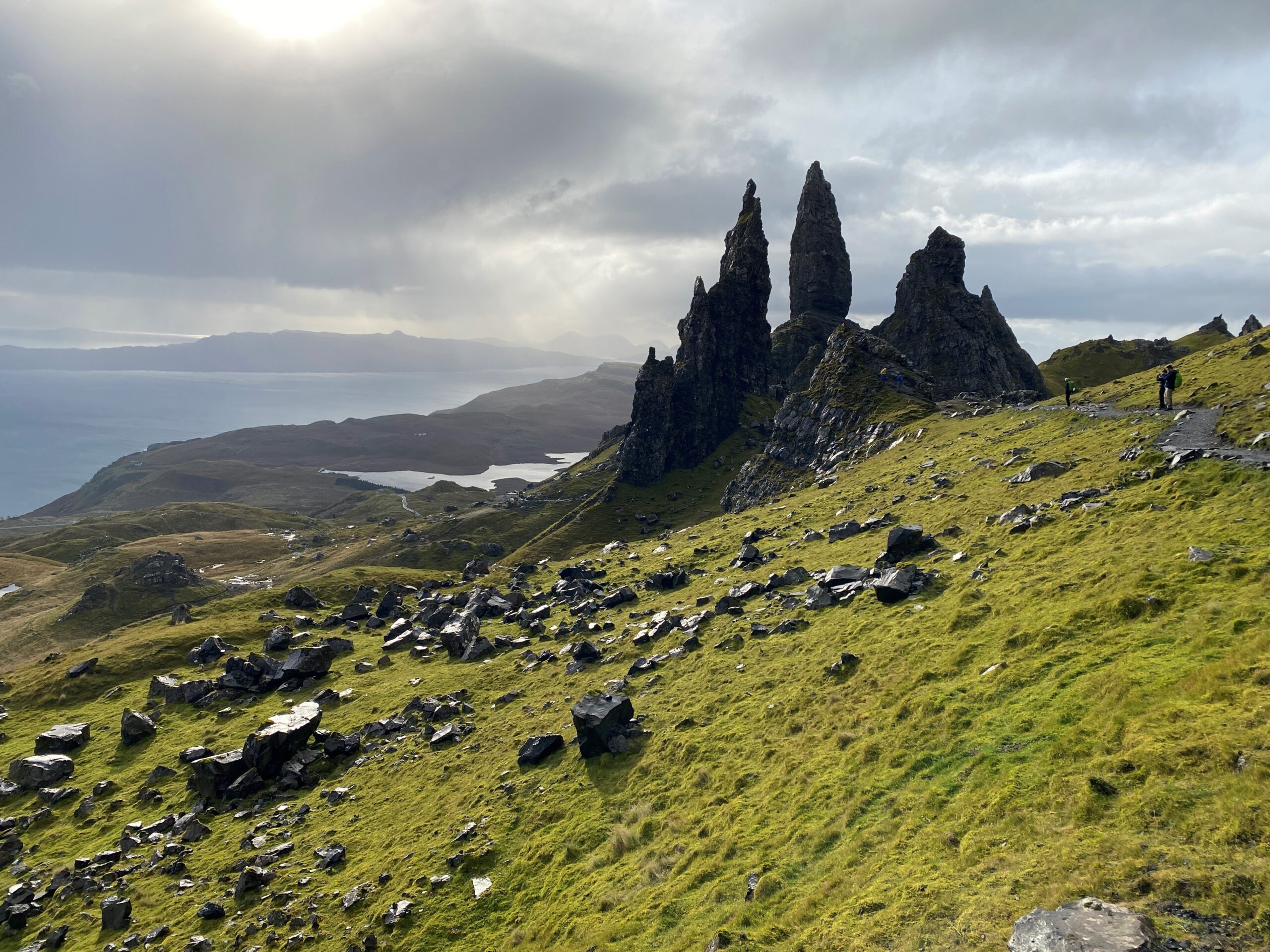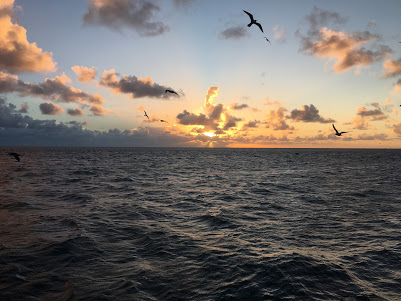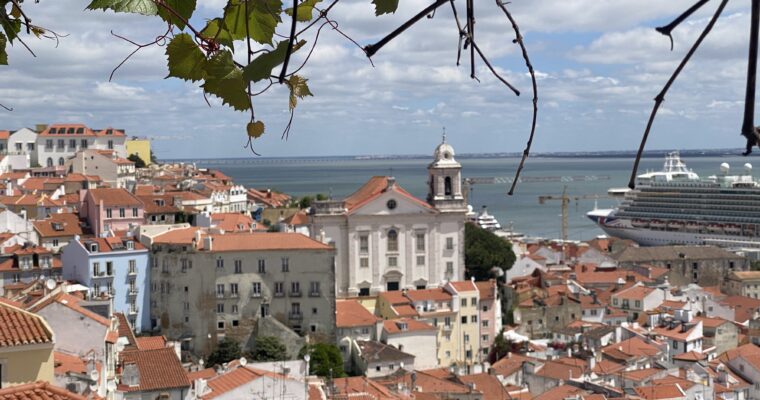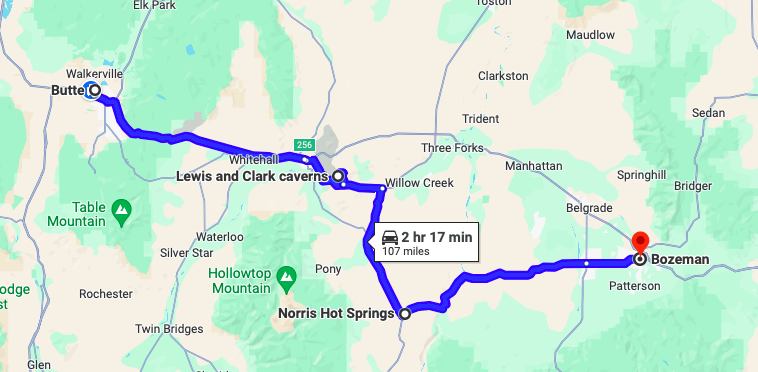We’re baaack! And going through the usual post-trip activities—fighting jet lag, getting back into a routine, planning the next adventure, etc. It is never easy coming home. But unless you are going sell everything you own and become a nomad, it is a necessary part of travel. I have arrived home with an arsenal of Australia travel tips and tricks that I am excited to share with you.
Australia is a big, wonderful country. I saw things found nowhere else on earth, ate interesting food such as kangaroo, emu and crocodile, and managed to try every flavor of Bundaberg soda. However, even as I did my best to experience everything Australia has to offer, from the beginning of the trip it was fairly obvious that this country is not all that foreign. Honestly, it was one of the easiest places I have ever traveled to. If the flight wasn’t so gosh darn awful, I would recommend it to more first-time travelers.
Australia Travel Tips
That said, there are some definite differences that remind you you’re not at home. While the information is fresh in my mind, I figured I would share some of those differences. Below are my tips Australia travel tips for U.S. travelers:
Tip: Stay to the left!
Whether you are driving, riding an escalator or walking on the sidewalk, stay to the left. Staying left will not be your natural inclination, but it will get easier the longer you are there. This is especially important if you are driving a car. A priest on our flight over told us that when it comes to roundabouts (which Australia is the king of), you want to look right and go left—a very good thing to say over and over again while you are driving.

Tip: Know when you have the right of way
In Australia, most of the time, pedestrians do not have the right of way. This is very different from how we walk and drive in the U.S., but it is an important point to remember. It actually makes more sense. After all, it is much easier for a person to stop than it is for a car. But we have been raised to do the opposite here in the states. If you are walking in Australia, make sure there are no cars coming before you cross the street. Those cars will not stop for you, even if you are standing at a crosswalk. And if you are driving in Australia, do not stop for pedestrians (unless explicitly instructed to). They are not expecting you to stop and you may cause an accident with the vehicles behind you if you do.
Tip: Fill up your vehicle the old fashioned way
Remember how you used fill up your car and then go inside to pay? Well that practice is still alive and well in Australia. Every place we filled up, we paid for it afterwards. (This is due in part to retro-looking pumps with no way to pay by credit card.) Also, do not call it gas or a gas station. In Australia, they call it petrol and you fill your vehicle up at a petrol station.

Tip: Learn to speak Australian
They speak English in Australia, but they sometimes use different words than we do here. Examples: arugula is rocket, a pepper is a capsicum, fries are chips and a cookie is a biscuit. If you speak fluent British, you will probably be fine. Also, Australians love nicknames. If something is longer than one syllable, it probably gets referred to by a nickname. Example: McDonald’s is Macca’s, Tasmania is Tassie, Bundaberg is Bundy, Fremantle is Freo, etc. and so on.

Tip: Learn the metric system
I hate that the U.S. never adopted the metric system. The rest of the world, including Australia, did and I really wish we had jumped on that bandwagon. Oh well. There is not much I can do about it now, other than educate myself on the metric system. I am finally becoming familiar with temperatures in Celsius and distances in kilometers. It is not a natural conversion in my head, but it is progress and it makes traveling internationally a whole lot easier.
Tip: Save, save, save
Things cost a lot more in Australia. Prepare yourself mentally and be sure to save as much as you can (read my post on how to plan and save for a trip down under). For example, a 12-ounce can of soda could cost you $3.50 AUD (about $2.65 in U.S. dollars). I definitely recommend shopping at markets and grocery stores for snacks and meals if possible. Although you will still pay more for those groceries than you would at home, it will help keep your costs down when compared with eating every meal out or shopping at a convenience store. Of all my Australia travel tips, this is probably number one.

Tip: Pay at the counter
At every place we ate, we paid for our food at the counter. If the place was more casual, we paid first and then they delivered our food or called a number out. If the place was fancy (which happened all of twice), we were seated and ordered our food from a server. However, when the time came to pay, we headed up to the counter just like an American diner. I actually liked this system, but it took a couple of meals before we figured out the proper way to do things. Also…
Tip: Forget the tip
One of my favorite things about Australia is that there is no need to tip. Granted, everything costs more. But you do not need to leave a tip on top of that bill. If you want to tip your guide or server, I am sure they would appreciate it. In fact, we did tip our horseback-riding guides. However, it is not expected because people in Australia make a very good wage, even the servers. So pay that bill and walk away. No need to feel guilty about not leaving a tip.
Tip: Forget the pennies
There are no one cent coins in Australia. Your bill/change will be rounded to the nearest five cents. This is not a big deal, but you don’t want you to go hunting for pennies to make exact change. You will be hunting for a long time.

Tip: Do your shopping early
Restaurants stay open late and grocery and convenience stores are usually open until 9 p.m. or so. However, cute boutiques close early, usually before 6 p.m., even in the big cities. We learned this lesson the hard way in Hobart. We opted to get some dinner first (because we were hungry). But when dinner was said and done, we had missed our chance to shop in some of the cute shops unique to Hobart. It was a disappoint and a solid lesson learned.

Tip: Bring a water bottle
The water is safe to drink throughout all Australia and most of the major cities have water fountains where you can fill up your water bottle. It is important to stay hydrated and Australia actually makes that fairly easy to do, if you come prepared.
Tip: Pay attention to “fully licensed”
For you drinkers out there, you will want to look closely for these words. Fully licensed means they sell all types of alcohol. If a place is not fully licensed, then it might be BYO. But this is where things could get a little tricky. Sometimes BYO means you can bring any type of alcohol you want. However, sometimes it means you can bring your own wine, but not beer or ciders. The safe thing would be to ask if you are not sure. Or to frequent a fully licensed establishment and not worry about bringing your own.
Tip: Just relax if you are flying domestic
Flying domestic in Australia is so much easier than what we are used to in the U.S. You do not have to take your shoes off or worry about liquids in your bag. In fact, you do not even need a boarding pass to go through security. Even if you are not traveling, you can go through security and say goodbye at the gate, just like we used to be able to do here in the states. The process is quick and painless. I cannot say we did not have any problems with our flights (because we did), but check in and security were a breeze.
Tip: Do not expect easy-to-find wifi
Good, free wifi in Australia is hard to find. Hotels and airports provide it, as do Maccas. But outside of those, it was a challenge to find. Coffee shops abound in Australia, but most do not offer wifi the way they do in the U.S. The once exception I found is Brisbane. Free wifi is available throughout the city, which makes navigating easy. I hope the rest of the cities soon climb on board.

Conclusion
Australia is a fun and easy country to visit. If you are from the U.S., it may not feel much like a foreign country. But you can still experience many things that are unique to the land down under and I hope these Australia travel tips help make that experience extra amazing.





Leave a Reply